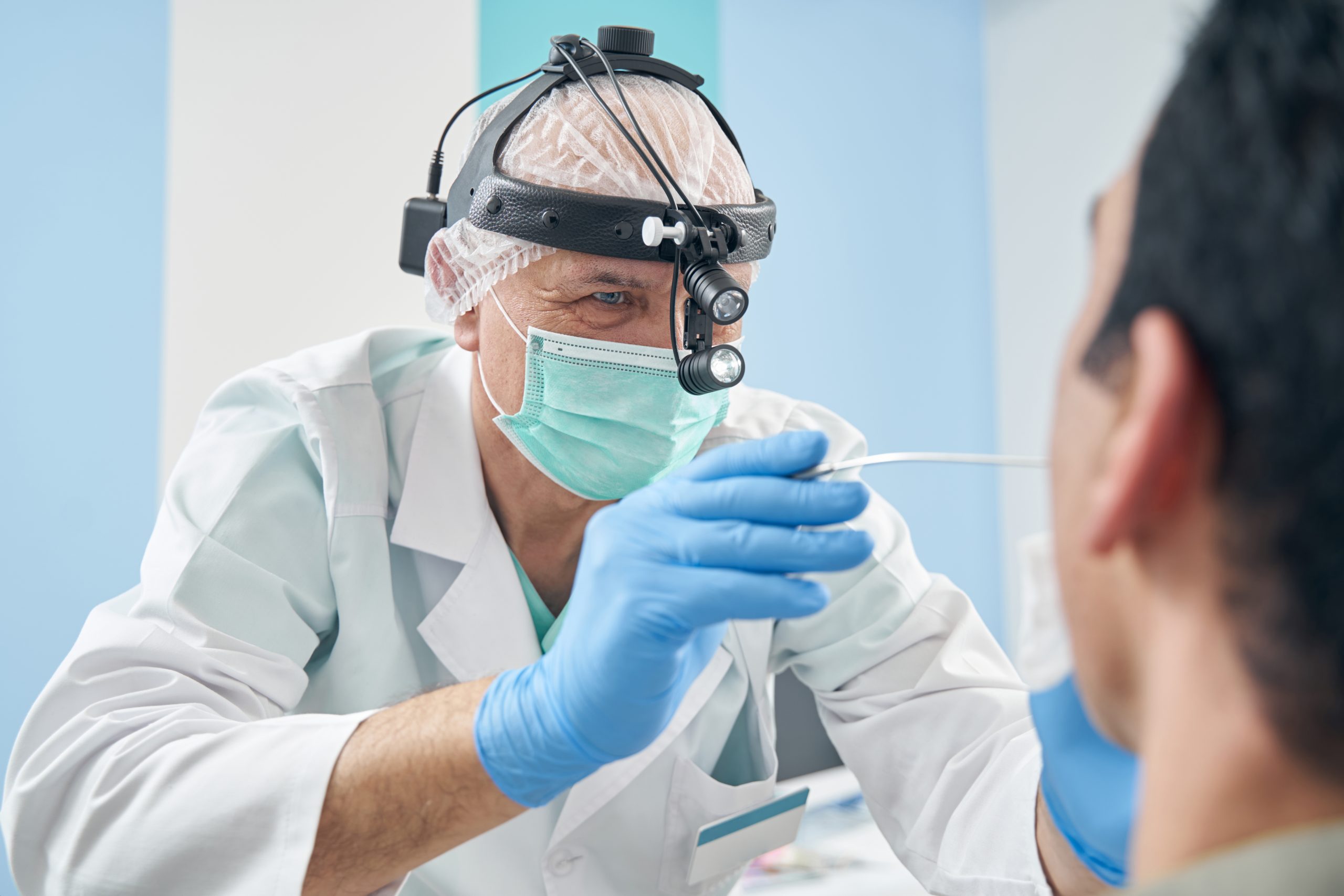In the healthcare industry, proper medical waste collection plays a crucial role in maintaining a clean and safe environment. With numerous regulations in place to ensure the adequate disposal of hazardous waste, it is essential that healthcare providers are well-informed about the best practices for collecting and managing this waste.
Understanding Medical Waste
Medical waste refers to any material generated during diagnosis, treatment, or immunization activities performed on humans or animals. This includes sharps (e.g., needles and scalpels), blood, tissues, contaminated items, and pharmaceutical waste. Establishing an effective collection system ensures both the safety of personnel handling the waste and the reduction of its environmental impact.
Different Types of Medical Waste
- Biohazardous waste: Contaminated items such as gloves, pipettes, and lab coats
- Pharmaceutical waste: Expired medications and drug paraphernalia
- Sharps waste: Needles, syringes, scalpel blades, etc.
- Pathological waste: Human and animal tissues, organs, and body fluids
- Chemical waste: Disinfectants, solvents, batteries, and other hazardous chemicals
Implementing Proper Waste Segregation
A fundamental component of efficient medical waste collection is appropriate segregation. By separating waste into different categories, potential hazards can be minimized, and disposal processes can proceed more smoothly. Clear signage and color-coded hospital bins assist in ensuring that personnel are correctly disposing waste materials.
Color-coded Bins for Waste Segregation
- Yellow bins: Reserved for biohazardous and pathological waste
- Red bins: Used to collect sharps waste
- Blue or green bins: Pharmaceutical waste containers
- Brown bins: Chemical waste collection
- Gray or black bins: Non-hazardous, general waste receptacles
Training Healthcare Personnel on Waste Collection Procedures
Educating employees about proper medical waste handling is vital in minimizing potential risks. Providing regular training sessions ensures that all staff members are aware of the guidelines for waste segregation, disposal methods, and the use of personal protective equipment (PPE). Well-trained personnel are essential contributors to a successful waste collection system.
Utilizing Appropriate Medical Waste Collection Equipment
Investment in the right equipment to handle various types of hospital waste facilitates efficient collection and prevents exposure risks. Specialized sharps containers, leak-proof bags for biohazardous waste, and secured chemical waste drums are just some examples of supplies necessary for safe waste management.
Selecting Proper Containers
Different categories of medical waste require specific containers. For example, sharps containers should be puncture-resistant, sealable, and clearly labeled as hazardous. Similarly, biohazard boxes or bags designed for pathological waste must also meet stringent criteria to ensure containment and prevent contamination.
Consistent Monitoring and Updating of Policies for Waste Collection
With ever-changing legislation surrounding medical waste management, healthcare facilities need to remain vigilant in maintaining compliance. Regular audits can help identify areas of improvement within existing processes and ensure adherence to current regulations. Moreover, staying up-to-date with industry best practices allows for the implementation of innovative solutions that enhance waste collection efficiency.
Disposal Methods for Medical Waste
Once properly collected, medical waste must be treated and disposed of in accordance with applicable guidelines. Various treatment methods are available depending on the type of waste generated.
Incineration
Incineration is a high-temperature process that burns waste material, transforming it into ash, flue gas, and heat. This method is often preferred when dealing with highly infectious or hazardous substances as it thoroughly destroys harmful materials and microbes. Despite its efficacy, strict air quality standards must be met due to potential emissions of toxic gases during incineration.
Autoclaving
Autoclaving involves using high-pressure steam to sterilize contaminated items. It is commonly used for treating sharps, biohazardous, and pathological waste. The autoclave subjects waste materials to high heat and pressure for a designated time, effectively eliminating pathogens while leaving most materials (such as plastics and glassware) intact. Autoclaved waste may then be safely discarded through conventional means.
Chemical Treatment
Some types of medical waste can be neutralized using chemical treatments. For example, alkysis an accepted method for breaking down chemical and pharmaceutical waste onsite. Specific chemicals react with hazardous materials and render them safe before disposal. Careful attention must be paid to determining the appropriate chemicals required based on individual waste types.
Maintaining Compliance with Regulatory Bodies
Several agencies govern the handling and disposal of medical waste, and it is the responsibility of healthcare providers to remain in compliance with these regulations. With penalties ranging from fines to license revocation, diligent monitoring of waste management practices is essential for maintaining legal adherence.
In conclusion, the success of medical waste collection lies in a structured system incorporating proper segregation techniques, personnel training, appropriate equipment, and strict adherence to disposal requirements. Implementing effective strategies for collecting medical waste can significantly reduce health and environmental risks while contributing to overall facility safety and efficiency.




